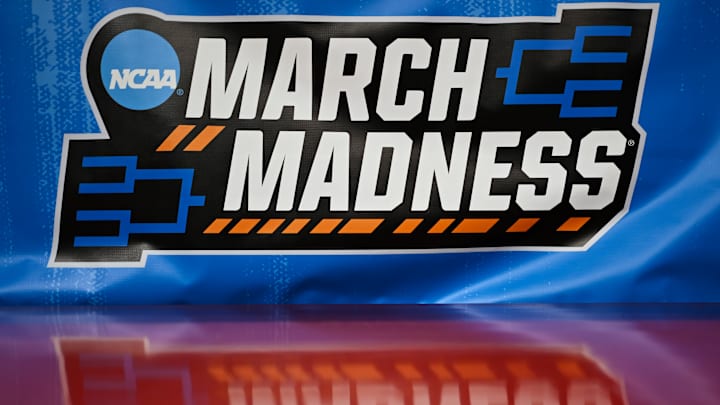The 2025 NCAA Tournament could be one for the ages. While there was plenty of drama leading up to Selection Sunday, specifically around teams like North Carolina, Indiana and West Virginia on the bubble. But now that the tournament is here, this is one of the most parity-driven years in college basketball we've seen in a long, long time, which means it could be truly mad.
One of the byproducts of parity in college basketball and March Madness specifically is that there should be a ton of close games. That, in turn, could mean that we are ready for a multitude of games to go into overtime and take more than the allotted 40 minutes of regulation before a winner is decided and advances in the bracket.
Overtime is never a guarantee, of course, but if we do see plenty of OT action in the NCAA Tournament, fans need to know how long overtime lasts, what happens with timeouts and more. We've got you covered.
March Madness overtime rules: NCAA Tournament OT length
If two teams remain tied after 40 minutes of play, they will play a five-minute overtime period to settle the score, per the NCAA’s official rules, in line with the regular season layout.
Should the game remain tied after those five minutes, another overtime period will ensue, as we saw in the meeting between Creighton and Oregon on Saturday. Both sides will continue playing until the stalemate ends and a winner is determined.
How many timeouts do teams get in March Madness OT?
Each team is entitled to one extra 75-second timeout per overtime period and an additional 30-second stoppage. One of the big rules to remember when it comes to the extra frame of action, though, is that any remaining timeouts from regulation do not carry over. It's rare that we would see that given that overtime games often mean tight finishes and coaches using their timeouts but, in the event that it does, it is just the two timeouts mentioned above that teams will have at their disposal.
How do fouls and the bonus work in March Madness OT?
Players in the NCAA Tournament are limited to five fouls in a game. If they foul-out in regulation, they cannot return to the contest in overtime. The bonus rules rollover also, meaning a team will remain in the bonus if they enter the extra period over the foul limit. Two shots for any foul is. the standard carrying into overtime.
If a team commits 7-9 fouls in a half, they are in the bonus, meaning their opponent has one-and-one free throw opportunities until the tenth foul gets called. Once a team has 10 fouls, they are in the double bonus, which guarantees two free attempts for every non-shooting penalty. So again, the carryover from the second half in regulation is what matters when you're talking about the foul situations and the bonus.
